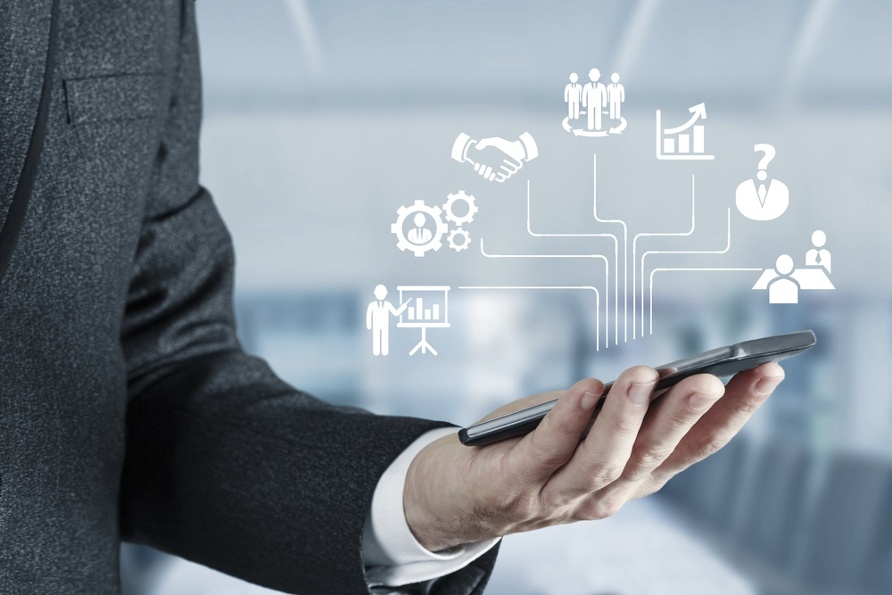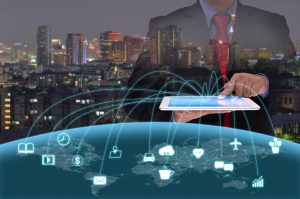[spb_text_block animation=”none” animation_delay=”0″ simplified_controls=”yes” custom_css_percentage=”no” padding_vertical=”0″ padding_horizontal=”0″ margin_vertical=”0″ custom_css=”margin-top: 0px;margin-bottom: 0px;” border_size=”0″ border_styling_global=”default” width=”1/1″ el_position=”first last”]
In the workplace of today, technology already takes the center stage, offering us all kinds of opportunities to improve productivity. Tomorrow’s improvements will be less visible than mobile devices appearing and paper disappearing: sensors all around us will make sure we do the most work with the fewer resources.
[/spb_text_block] [spb_image image=”17740″ image_size=”full” frame=”noframe” caption_pos=”hover” remove_rounded=”yes” fullwidth=”no” overflow_mode=”none” link_target=”_self” lightbox=”no” intro_animation=”none” animation_delay=”200″ width=”1/1″ el_position=”first last”] [spb_text_block animation=”none” animation_delay=”0″ simplified_controls=”yes” custom_css_percentage=”no” padding_vertical=”0″ padding_horizontal=”0″ margin_vertical=”0″ custom_css=”margin-top: 0px;margin-bottom: 0px;” border_size=”0″ border_styling_global=”default” width=”1/1″ el_position=”first last”]
What’s available today?
To some extent, every workplace is digital today and businesses are increasingly becoming digital businesses. From retail to utilities, companies are dedicating resources to digitize their operations. They’re right in that they have no more time to waste : SADA Systems’ recent survey shows 49% of the IT professional respondents said digital transformation was ‘extremely high priority’.
The workplace as we knew it has surely changed lately, in at least 4 ways:
- we mostly use digital input methods (including mobiles), trust our data mostly to digital storage and management (as paper-free processes proved to account for improved productivity),
- our communication focuses collaboration (that has no obligatory ways or channels),
- and digital output methods are almost exclusive.
The technology, the new tools businesses give to the employees, are not just necessary enablers of the new ways of working but they are also important part of the work experience that is demanded by today’s workforce.
Talent wants to feel good while working, whether it is in the workplace or on the road. So the employers are getting them devices (that have come a long way from laptops and mobile phones to smartphones, tablets, and even wearables) and equipping them with enterprise apps. Consumer and business tech are used parallel and that improves instead of hindering productivity.
As a consequence, today’s digital workplace is (at least) double-faced: in the physical office, the focus is on being social and collaborative, while remote working promotes productivity in a personalized setting.
Schedules and locations are changing for each and every employee and they become flexible as remote working has become widespread (in great part due to mobile technology). It is an undeniable trend: according to an IDC estimate, there will be 105 millions of mobile workers by 2020, at a population growth rate of 2 million per year.
What can you expect tomorrow?
The workplace of tomorrow will, therefore, not be driven by unmovable physical objects or hierarchies, but by the values individuals’ works add to the overall performance. These values have to be transparent and shared throughout the workforce to ultimately form a company culture.
Besides these value-based traits, three other characteristics will also be omnipresent in tomorrow’s workplace:
- full digitalization and the art of extracting meaningful data to create new services,
- mobile technology that adapts to people (with an even stronger focus on user experience),
- and a shift from IT to other departments in making technology decisions.
In the near future, workplaces will also become totally paperless – so businesses will need more server storage space instead of file cabinets and apps instead of more devices or departments. Technology will be needed to better organize the workforce that is not in the office and may not even be directly employed.
The human workforce will mostly be used to perform the creative or managing tasks, while the Internet of Things (IoT) takes over the repetitive tasks and the collection of data. According to BI Intelligence, there will be 34 million of connected objects globally by 2020, requiring enhanced management practices and security measures.
Despite the risks, the future is rather bright: the IoT world will again give a boost to employee productivity and operational efficiency. Intelligent buildings equipped with cameras, thermostats, and other sensors, and controlled by mobiles, will be able to optimize the environmental impact and the working conditions for people and track assets.
They will heat and light only the rooms where there are workers, assign workspaces, monitors water usage, give location-based access to services, and locate objects within the territory. IT security and physical security will work in collaboration to prevent or manage unwanted events.
Help your clients accelerate their digital transformation with mobility solutions – Join the SCOLVO partner community today!
[/spb_text_block]




